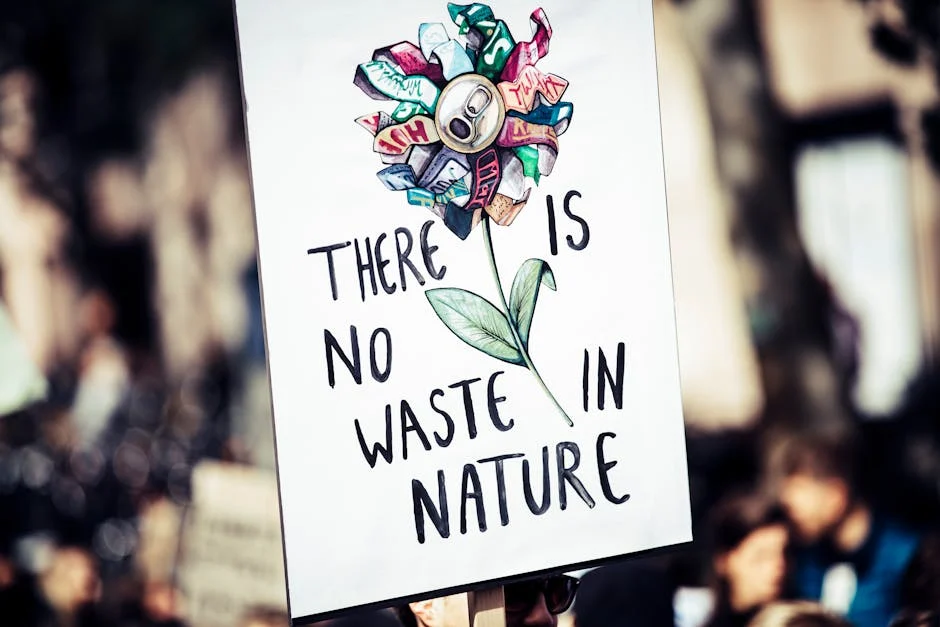The Environmental Benefits of Upcycling and How You Can Get Started Today
Introduction
In an era defined by environmental consciousness, the concept of upcycling has emerged as a powerful tool for mitigating waste and fostering a sustainable future. Unlike recycling, which breaks down materials into their raw components, upcycling transforms discarded items into something of higher value. This innovative practice offers a multitude of environmental benefits, reducing landfill waste, conserving resources, and minimizing pollution. Let’s dive into the positive impact of upcycling and explore how you can easily incorporate it into your daily life.
The Environmental Benefits of Upcycling
Reduced Landfill Waste
One of the most significant advantages of upcycling is its direct impact on reducing landfill waste. By giving discarded items a new lease on life, we divert them from ending up in landfills, which are a major source of environmental pollution.
- Decreases methane gas emissions, a potent greenhouse gas produced by decomposing waste.
- Reduces the need for new landfill space, preserving natural habitats.
- Lowers the risk of soil and water contamination from landfill leachate.
Conservation of Resources
Upcycling plays a crucial role in conserving valuable natural resources. Manufacturing new products from scratch requires significant amounts of raw materials, energy, and water. By upcycling, we minimize the demand for these resources.
- Reduces the extraction of raw materials like timber, minerals, and fossil fuels.
- Saves energy by bypassing the energy-intensive manufacturing process.
- Conserves water used in industrial production.
Minimized Pollution
The manufacturing process is a major contributor to air and water pollution. Upcycling offers a cleaner alternative by reducing the need for new manufacturing.
- Lowers air pollution from factories and transportation.
- Reduces water pollution from industrial discharges.
- Minimizes the use of harmful chemicals in manufacturing processes.
Promotes a Circular Economy
Upcycling aligns perfectly with the principles of a circular economy, which aims to minimize waste and maximize the lifespan of products.
- Encourages a shift from a linear “take-make-dispose” model to a circular “reduce-reuse-recycle” model.
- Creates opportunities for local businesses and artisans to thrive.
- Fosters a culture of creativity and resourcefulness.
How You Can Get Started Upcycling Today
Identify Upcycling Opportunities in Your Home
Start by taking a look around your house for items that are no longer serving their original purpose. Think creatively about how they could be transformed into something new and useful.
- Old t-shirts can be turned into reusable shopping bags or cleaning cloths.
- Glass jars can be repurposed as storage containers or decorative vases.
- Wooden pallets can be transformed into furniture.
Gather Upcycling Supplies
You may need some basic tools and materials to get started with your upcycling projects. These might include:
- Scissors, glue, paint, and other craft supplies.
- Basic tools like a hammer, screwdriver, and drill.
- Safety gear such as gloves and eye protection.
Find Inspiration and Tutorials Online
The internet is a treasure trove of upcycling ideas and tutorials. Search for inspiration on websites like Pinterest, YouTube, and Instructables.
- Look for projects that match your skill level and interests.
- Watch video tutorials to learn new techniques.
- Join online communities to share your projects and get feedback.
Start Small and Experiment
Don’t be afraid to experiment and try new things. Upcycling is all about creativity and resourcefulness. Start with simple projects and gradually work your way up to more complex ones.
- Practice your skills on scrap materials before working on your final project.
- Don’t be discouraged if your first attempts aren’t perfect.
- Most importantly, have fun and enjoy the process!
Conclusion
Upcycling is a powerful and accessible way for individuals to contribute to a more sustainable future. By reducing waste, conserving resources, and minimizing pollution, upcycling offers significant environmental benefits. With a little creativity and effort, anyone can get started upcycling and make a positive impact on the planet. So, start exploring the possibilities today and discover the joy of transforming discarded items into something beautiful and useful!














Post Comment